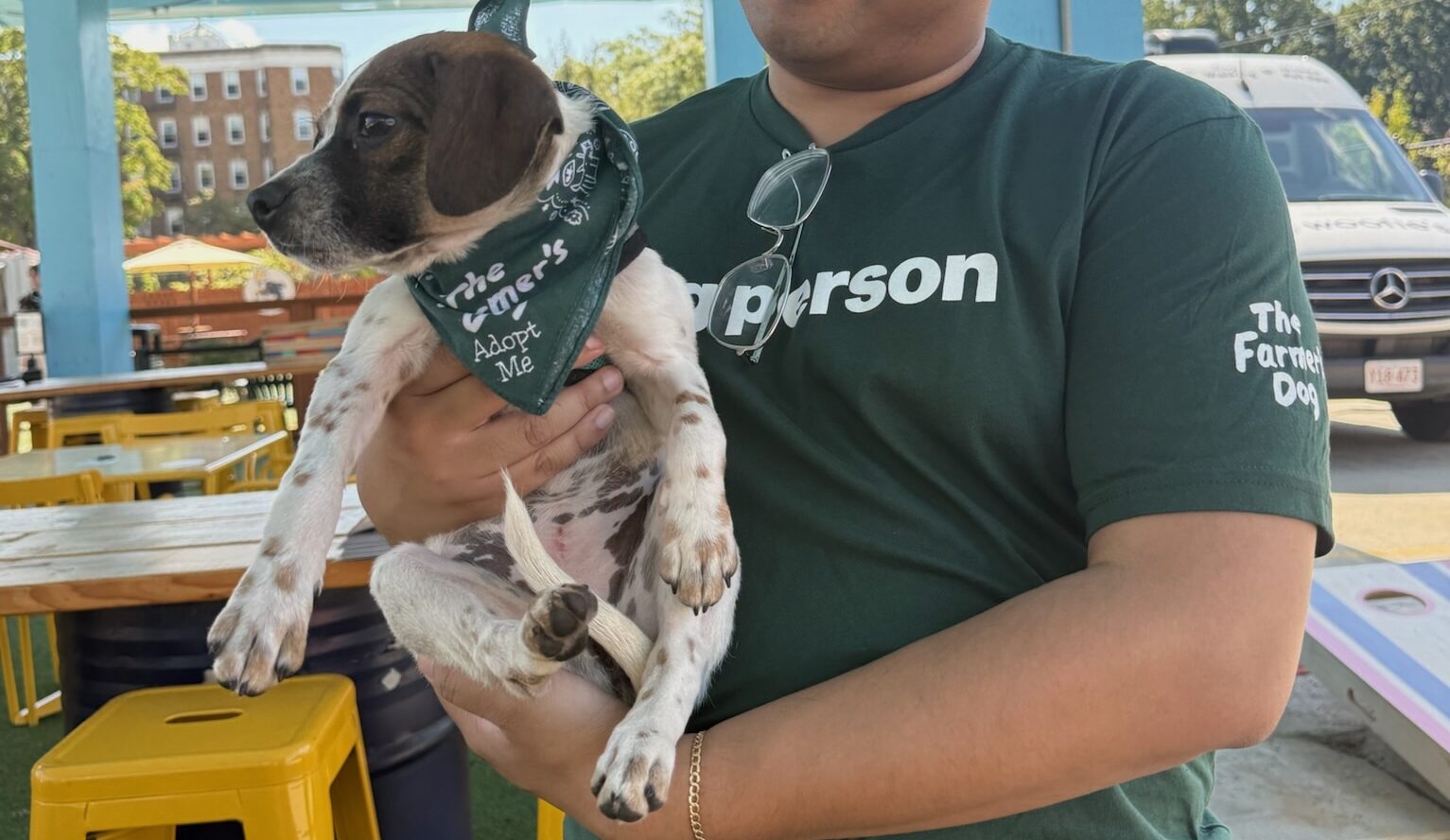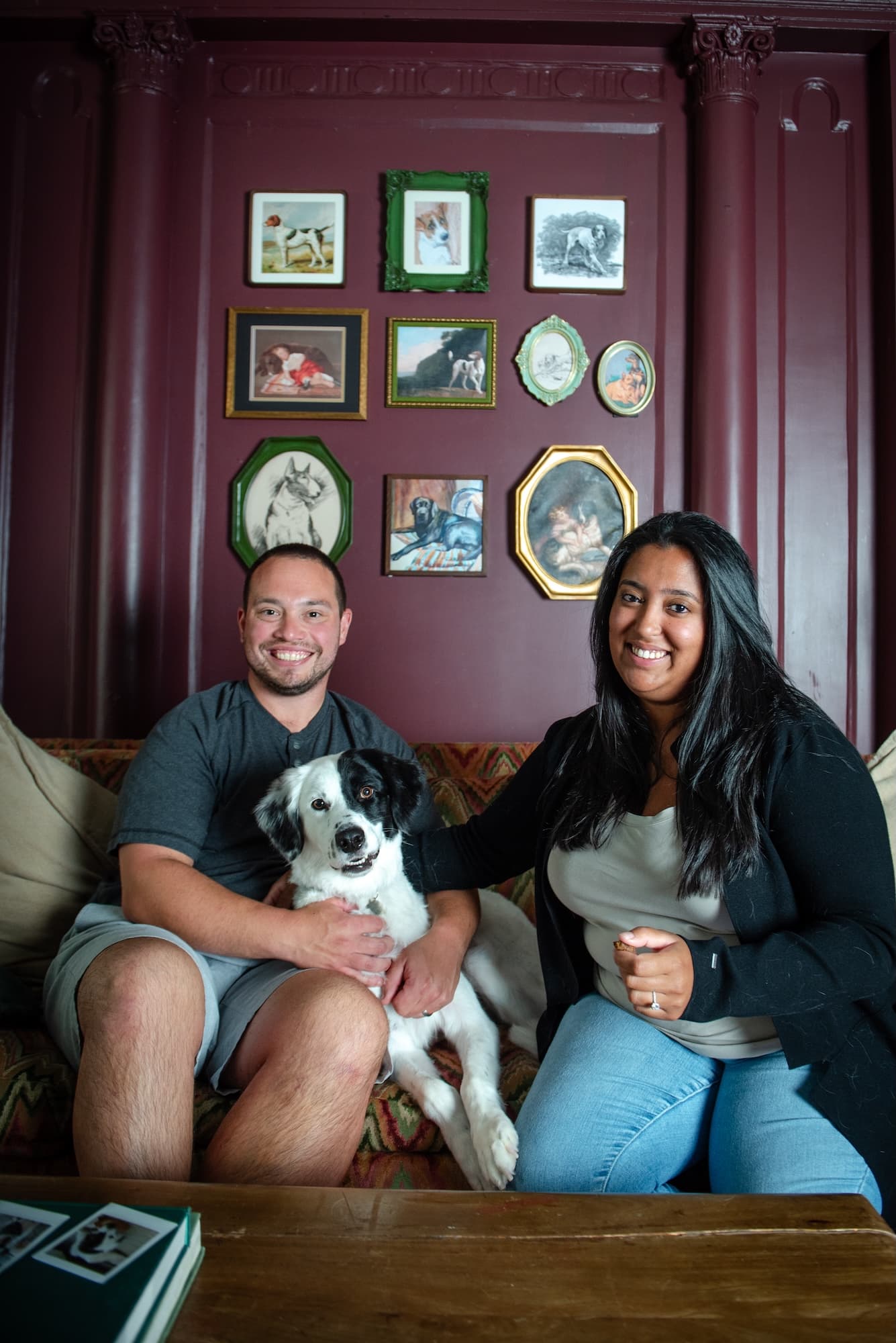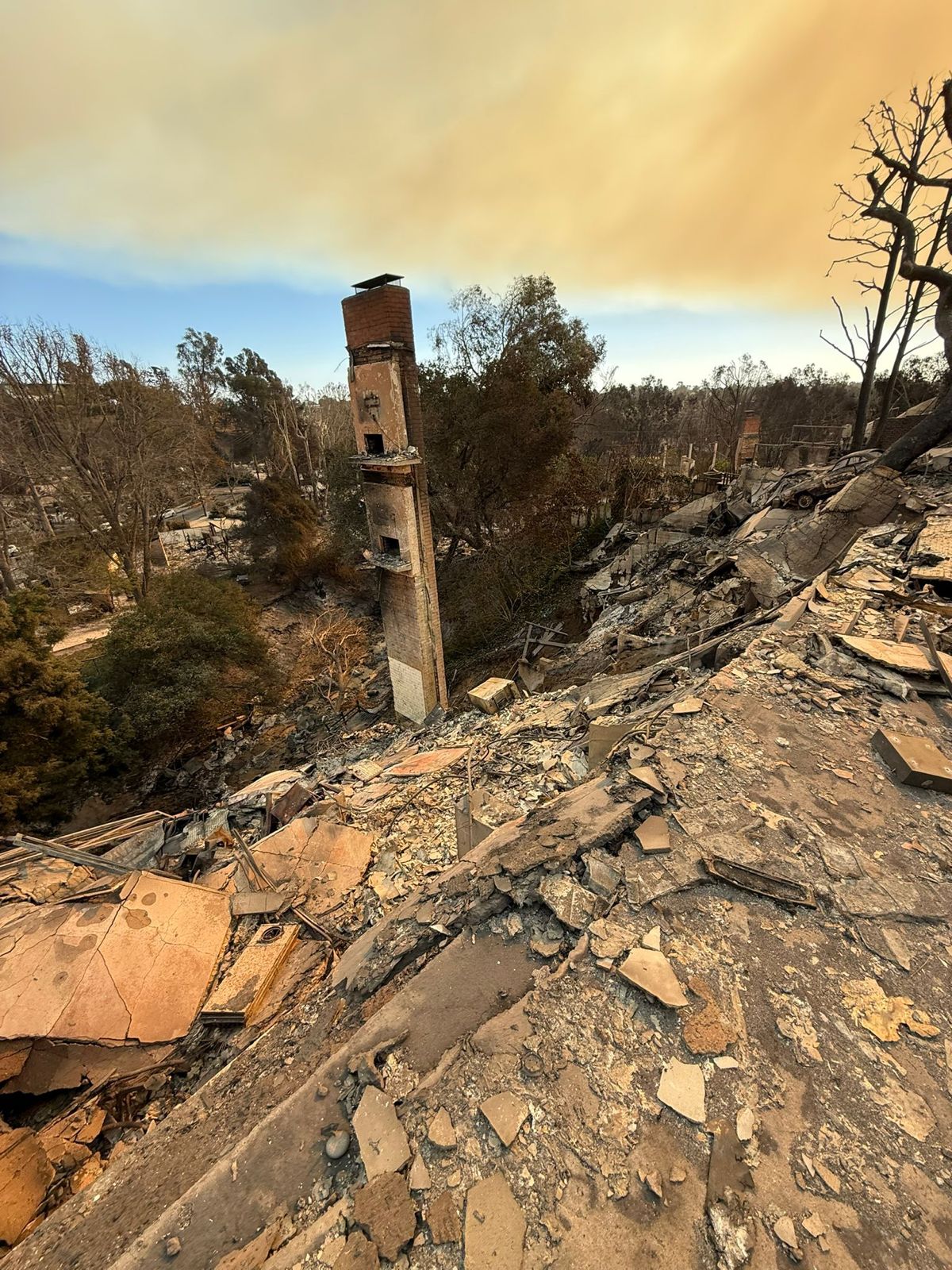There’s a lot to recommend New York City, the birthplace of The Farmer’s Dog. We’ve got Broadway theatre, what may be the world’s most recognizable skyline, and excellent bagels. Happily, we also have many outstanding dogs.
Pets and the City, a new exhibition at the New-York Historical Society, features objects, art, documents, and more pertaining to the history of the human-animal relationship in New York City. Naturally, this includes plenty of dog-related content. We recently spoke with the exhibition’s curator about covering centuries of NYC pet history, what’s changed for animals over the years in America’s biggest city, and Gotham’s long war on dog poop. Our conversation has been edited for length and clarity.
Pets and the City opens on October 25 at the New-York Historical Society.
Why did you want to curate this particular exhibition?
I have always been a great animal lover. Growing up, my favorite TV shows were Lassie and Rin Tin Tin, and my first best friend was the daughter of a veterinarian. I spent a lot of time at the vet’s office, and wanted to be a vet and a medical doctor. He would give me syringes and empty bottles of vaccines, and all sorts of other things—a huge collection that I should have saved.
In 2003, with a colleague, Kathleen Hulser, I curated an exhibition at the New-York Historical Society called Petropolis: City of Pets. And together we published an article about it in a sociological journal, which has been extraordinarily popular. So I was able to curate this, and it’s a very different take. It’s a different time.
What have been your own experiences with pets in “The City,” or cities in general?
I have been in the New York area since 1970. However, I grew up in Wisconsin. My grandmother lived on a farm—so I always was surrounded by animals when I went there in the summer. But I grew up in Madison. My beloved dachshund, Fritzel van Schnitzel—Fritzy—was an urban pet. And the challenges that dogs find in New York are very similar to those we had in Madison.

What do you see in the Frederick Kelly photo “Dog’s Outlook,” which shows a dachshund near a woman’s feet?
She might step on him!
Obviously a dachshund has to be alert and avoid being stepped on.
People frequently step on them, and they’re also so fast.
So you see danger.
Well, the woman has the leash. She is the person. She’s giving him free reign, in a sense. His tail is down, it’s not up. He’s not walking, really. He’s just sort of resting. I don’t think he feels a threat; I think he feels aware. He’s looking, but he’s also probably wondering what [the people] are looking at because—it’s almost like they’re at a parade.

Do you know how much time elapsed between Charles Wilson Peale initially painting “The Peale Family” and adding his dog Argus to it?
We don’t know exactly. The painting was begun in 1773, and there was an inscription below that talked about the unity of the family. They’re surrounding a table, talking to each other, and there are three generations of the family.
Argus was probably added in 1808, but there’s a complication. He was probably based on an earlier sketch that Peale had been drawing, or an oil sketch, and we don’t know which Argus it was. Scholars disagree. My guess would be the first one, because he was very attached. Peale had encountered [the first Argus] in Wilmington, and Argus followed him across the Delaware River. The dog swam across the Delaware, and then followed him to Philadelphia. I mean, talk about fidelity! That’s incredible.
Why did Peale add Argus after not including him in the first place?
Who knows what Peale was thinking? Artists frequently change paintings. If you X-ray them, there are pentimenti all over the place. He probably had very fond memories of Argus. And he probably thought, “What do I want to say about my family?” He was making his statement about the family unit, and he realized it was lacking Argus. He had a very emotional attachment to his dog.

What do you see in the photograph Father Teizen and His Dog Brownie? In some ways, this looks like a scene you might witness in New York City today.
The dog is obviously well-trained. Brownie sits up, and he’s offering him a treat on command, and it’s such a lovely relationship between the two. The hand, the eyes—I mean, it’s like Michelangelo’s Adam on the Sistine ceiling with the finger of God coming down. It’s an incredible relationship with the two. You just get it.

Harlem Section,” 1943. Print from a digitized image. Library of Congress, Washington, DC
What struck you about “A Woman and Her Dog in the Harlem Section,” by Gordon Park?
It’s a very famous photograph, and I think it’s famous for many reasons. Because they’re doing something we all do—they’re looking out the window, they’re going beyond their four walls, and they’re looking out on the landscape. He’s very intent on something, and she’s looking at him, I think, almost for a comment or a conversation. And what you see is an image that makes you want to be with them—know what they’re thinking, know what they’re seeing. You want to get inside of the story. You want to know what happens. And that’s why you come back to it. There’s so much you can read into it. You want to know more.
There’s something about how she looks at him that is very familiar.
And she’s not looking at him— this is subjective—she’s not looking at him because she’s afraid he’s gonna bolt. Because some dogs would. Some dogs would be out the window into the street, after whatever he’s looking at. She trusts him. She knows he’s been trained not to go. She has no anxiety. Her hand is not reaching out to restrain him. There’s this understood language that he’s well-behaved. They have this commentary going; they’ve done it before.

Jersey.
The exhibition includes a photo of Morris Frank, co-founder of The Seeing Eye, crossing the street with his dog, Buddy. What do you find most compelling about it?
The dog is so well-behaved, and, again, you see that wonderful interaction between the man and the dog. [Frank] named all his dogs “Buddy.” You can understand why, because he depended on Buddy. Buddy was his eyes and his way to help negotiate the world—just like Helen Keller talks about. In the wonderful letters we have in the exhibition, she talks about her experience of having a guide dog. And she talks about how thrilling it was when she got the fingers on the guide handle and felt the dog trotting beside her. She felt safe and protected. In a sense she felt like she was in the right hands—shall we say, in the right paws.

Why did you include the drawing of Dr. Mulvey’s Dog/Cat Hospital in the exhibition?
[With] the rise of internal combustion engines, Dr. Mulvey’s Dog and Cat Hospital grew on Broadway and 110th Street. Veterinarians’ clientele was going away from horses to dogs and cats and other animals.
We know that there were other, earlier [hospitals for dogs and cats], and a lot of them involved women. There were cat ladies who had veterinary quote-unquote “hospitals” downtown. And Bideawee, which we devote quite a bit of attention to in the text panels, was very important. Bideawee, founded in 1903, actually was the first no-kill shelter. They had veterinarians, and they would take care of cats and dogs and other animals, like horses.

Can you place this poop-scoop sign in context? What was the situation with dog poop in 1970s New York City? I’ve heard it was quite prevalent.
It was. This is the definite history. After the horses, there were the dogs. And there was a campaign started by the city in 1937 called “Curb Your Dog,” But, as you said, that did not hold any water. People didn’t enforce it, probably.
When Mayor Koch came into office in the 1970s, there was a huge outcry. And the problem of canine waste was just unbelievable. It was everywhere. I remember that. So you had what’s called a “poop scoop law” in 1978. And then they had these signs all up and down Manhattan. I don’t know whether they were in the boroughs, but they required owners to clean up or a face a fine of $100. Today’s fine is $250. But I’ve never seen it be enforced. I see so many people who use disposals—only a few that leave things out. But there are people who drop the bags.
I don’t understand leaving the poop bag on the sidewalk.
I don’t understand it, either. I just don’t get it.




